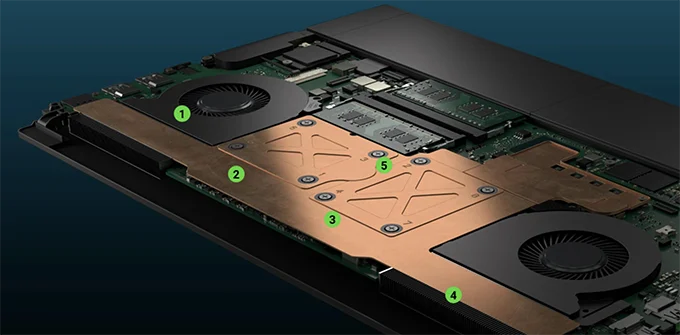For thermal management, great attention is to be paid in handling the thermal effects as there is the increased size and performance in the devices. The challenge of heats in electronics not only demerits the efficiency but also wears out the electronics in the long run. Bulk osmotic evaporation is to bulge into these systems as they provide adequate thermal management in various applications from cell phones to data centers.
But what exactly are these vapor chambers ? What are their working principles and their importance to the cooling of devices, ways out? In this paper, these questions will be addressed and also the reasons behind the usage of vapor chambers in thermal management will be given .
What is a Vapor Chamber?
The Significant Aspects about Vapor Chambers
A vapor chamber is a flat, sealed device that is filled with working fluid (for instance, water) and effects heat transfer from one location to the heat sink of a device. It works something like a heat pipe however it is meant for applications that require a more even distribution of heat as opposed to maximum heat transfer.

What is the Vapor Chambers Working Principle
When heat is supplied to a region of the porous chamber with working fluid, the working fluid evaporates and moves away into the regions where the fluid is cooler and condenses. This rotary motion and vaporization possibility permits and facilitates uniform heat distribution in the chamber. fluid then returns to the heat source through capillary action or gravity, and the process repeats.
Mechanisms of Operation of a Vapor Chamber
- Working Fluid : It is generally water, which requires low temperatures in order to transform into vapor and capture heat quickly.
- Wick Structure : It is a capillary type arrangement that helps pull back the fluid back to the heat source.
- Enclosure : Enclosure is usually a copper casing which preserves the vapor chamber and provides for heat passage.
Why is Thermal Management Important?
Eliminating Effects due to Heat
One of the greatest hazards to electronics is overheating. High temperatures can affect the operation of devices or lead to their irreparable damage. The work vaporizer goes a long way in distributing heat uniformly and therefore, eliminating the dangers of overheating.
Increasing Life Cycle of the Device
Heat is the bane in life on any electronic device. This is because a continuous application of heat for a long duration is likely to hasten the deterioration rate of the components. When heat is properly managed, vapor chambers increase the life cycle of the devices.
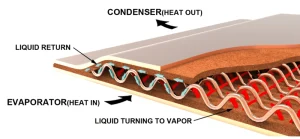
Getting Better Performance
Heat is an obstruction to achieving certain performance levels. In fact, CPUs, GPUs, batteries etc tend to throttle or reduce their performance when their temperature rises. This is the advancement vapor chambers bring about in ensuring normal operation even with heavy load work.
How Vapor Chambers Are Applied in Thermal Management Techniques
Heat Spreading
A vapor chamber has a fundamental function as it is used for heat spreading from a hot spot to a large area. Hence, no specific component is overheated, hence making it possible for the different parts of the device to be cooled uniformly.
Passive Cooling
Vapor chambers are an example of passive cooling devices hence do not need external sources of energy to work. Lack of external energy use makes this an energy conserving device for cooling the gadgets.
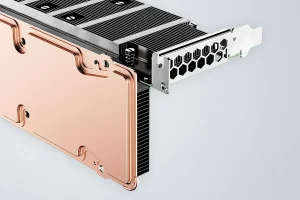
Handling High Heat Flux
Vapor chambers are best suited and recommended for operations requiring removal of high heat flux – where a lot of heat needs to be removed in a short span of time. This makes them perfect for high-performance electronics, since heat generation can be quite extreme.
Common Applications of Vapor Chambers
Smartphones and Tablets
As processors are getting more powerful, mobile devices start to heat up more and more. Vapor chambers thermal management solutions are also employed in the latest model smartphones and tablets in order to achieve maximum cooling even during heavy usage like games and video editing.
High Performance Laptops
Vapor chambers may be used in gaming laptops and workstations to channel the heat influx emanating from the CPUs and GPUs. Due to this, these devices can be used at faster speeds without causing them to overheat.
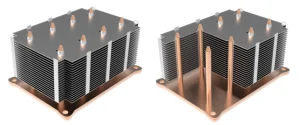
Data Centers and Servers Rage these days as enterprises possess the allocation of substantial resources to incorporate numerous processing units in one space due to the heightening demand of information. Effective cooling must be adopted since data centers host a lot of processing per unit area. The equipment is typically mounted within server racks and vapor chambers to help in heat spreading, thus eliminating the requirement of active cooling solutions in the form of fans or liquid cooling.
LED Lighting
LEDs emit a lot of heat and therefore vapor chambers for cooling purposes are introduced. This protects from excessive heating and enhances its usefulness as well T66, being efficient as well, extends relief from heat to the LEDs.
Automotive and Electric Vehicles
With the rising advent of electric vehicles, the greatest challenge now becomes handling the thermal management of battery and power electronics heat dissipation. A vapor chamber employed in an electric sludge that absorbs moisture which evaporates at a slightly higher temperature.
Advantages of Vapor Chambers
Vapor chambers have been known to possess the ability to transmit heat over a die surface with little temperature variation.
Compact Design
Because of their small weight and thin profiles, channels not pewed heads, are highly beneficial in the construction of slimmest devices like tablets and phones allowing space constraints.
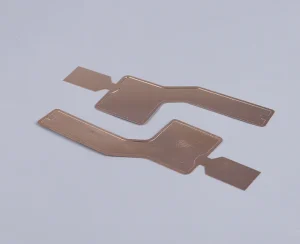
Durability and Longevity
Vapor chambers operate in a thermometer mode, vaporizing and condensing, comprising no mechanical components or any moving parts hence very reliable. Hence these are thermal management solutions aimed at all the users with the reliability and performance aspects needed in the market.
No Moving Parts
Vapor chambers do not feature any moving parts, unlike fans or liquid cooling systems that may have a risk of mechanical failure.
Vapor Chambers vs. Heat Pipes
Differences in Design and Function
Though similar in structure to heat pipes, vapor chambers are more appropriate in applications imposing the requirement of heat spread on larger areas. Whereas heat pipes are better planned to perform linear heat distribution/transfer.
Use Cases for Vapor Chambers vs. Heat Pipes
Applications of vapor chambers are in situations that need high heat flux and even heat spreading, in electronics that are high performance while applying heat pipes require point-to-point heat transfer in simple cooling devices.
Materials Used in Vapor Chambers
Copper as the Preferred Material
Although all conductors can be used in vapor chambers, the most common one is copper due to its good thermal conductivity to effectively transfer heat.
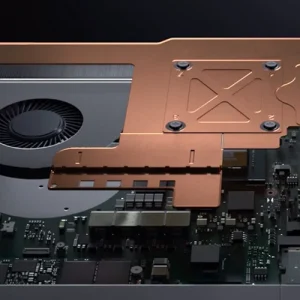
Alternatives to Copper
Copper in particular is also preferred due to the high thermal conductivity of vapor chamber heat sink materials. In certain instances–such as when weight is of concern, other foam board materials and utilities include but aren’t limited to: aluminum.
Vapor Chamber Design Challenges
Snow Avalanche Case
Manufacture of vapor chambers is less simple as compared to other traditional thermal management structures such as heat pipes and heat sinks. This sometimes results in increased cost and delays in the long run.
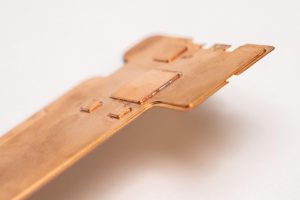
Commercial Aspects
Because of the technology and materials used for a vapor chamber , it tends to be more expensive than other thermal solutions. Nonetheless, the performance advantages are often worth the expense in most scenarios, particularly when it comes to precision engineering.
Follow our Facebook page or Linkedin page for further information.

